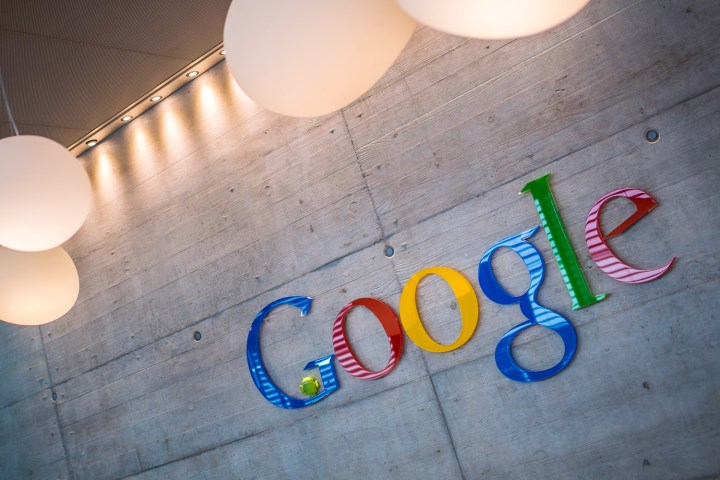
The issue dates back to a 2008 lawsuit that accused Google of violating fair advertising legislation implemented by the state of California. The complaint alleged that Adwords placed advertisements alongside appropriate search results, but often ended up serving the content on error pages and parked domains.
A group of Adwords customers were dissatisfied with the service, and decided to take legal action against Google. However, this effort was stymied by the fact that each of the plaintiffs had paid a different amount to use the company’s advertising system, which made it difficult to pursue their claims as a class action.
A district court judge determined in 2012 that the case could not go ahead as a class action lawsuit. The judge’s reasoning was that each plaintiff would receive a different amount in damages, complicating the process of representative action.
This ruling followed a 2011 case against Walmart, brought by a group of its employees, according to a report from Reuters. At that time, it was decided that class action suits could only proceed when each plaintiff is making a similar claim, and those claims could all be resolved across the board.
In the Adwords case, a U.S. Circuit Court of Appeals reversed the district court judge’s decision in favor of Adwords, and Google then called upon the Supreme Court to review the case. And the Supreme Court has now come to the conclusion that the class action suit can indeed go ahead.
Thousands of advertisers who used the Adwords service between 2004 and 2008 stand to benefit from the suit, in the event that Google is found to be at fault.


